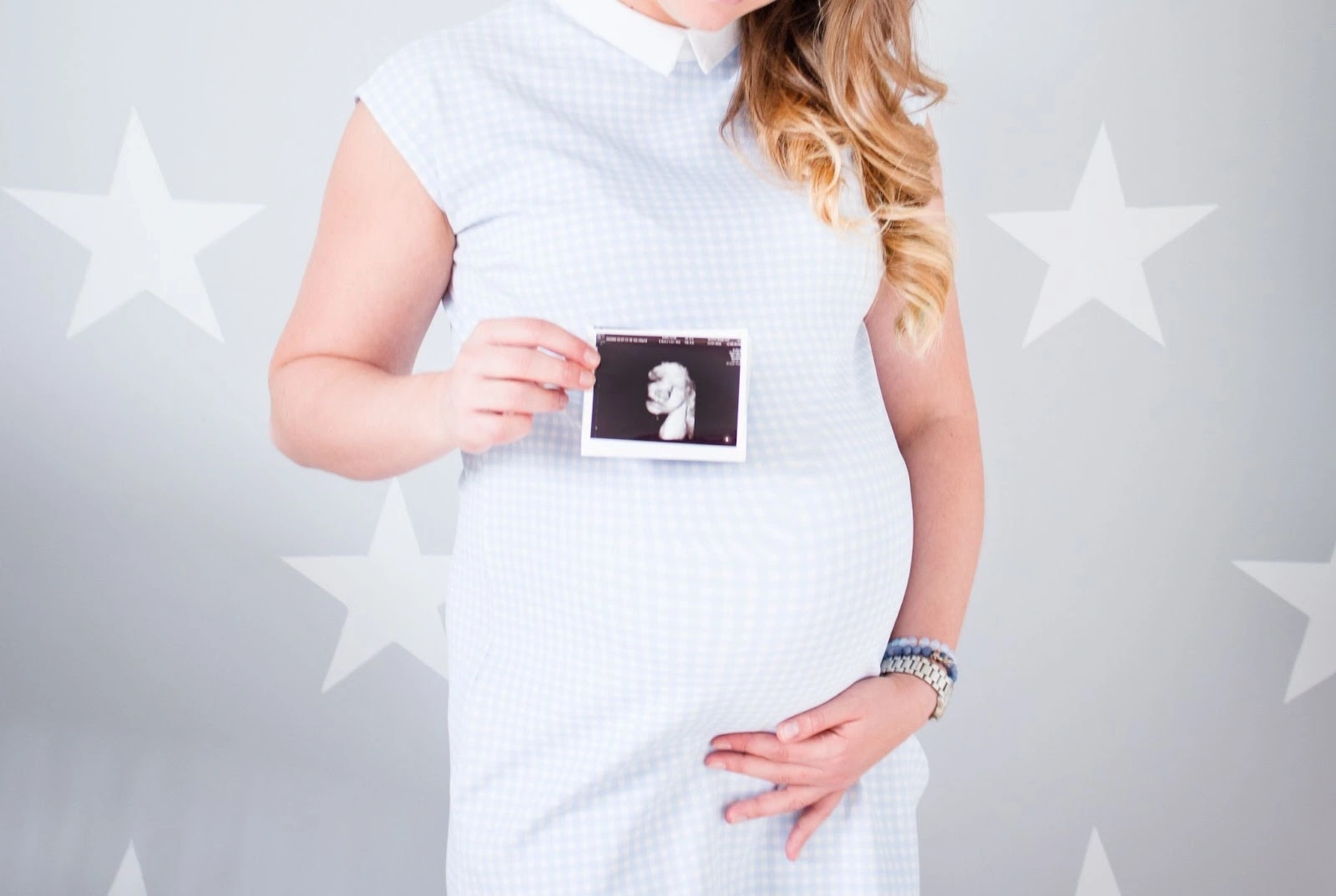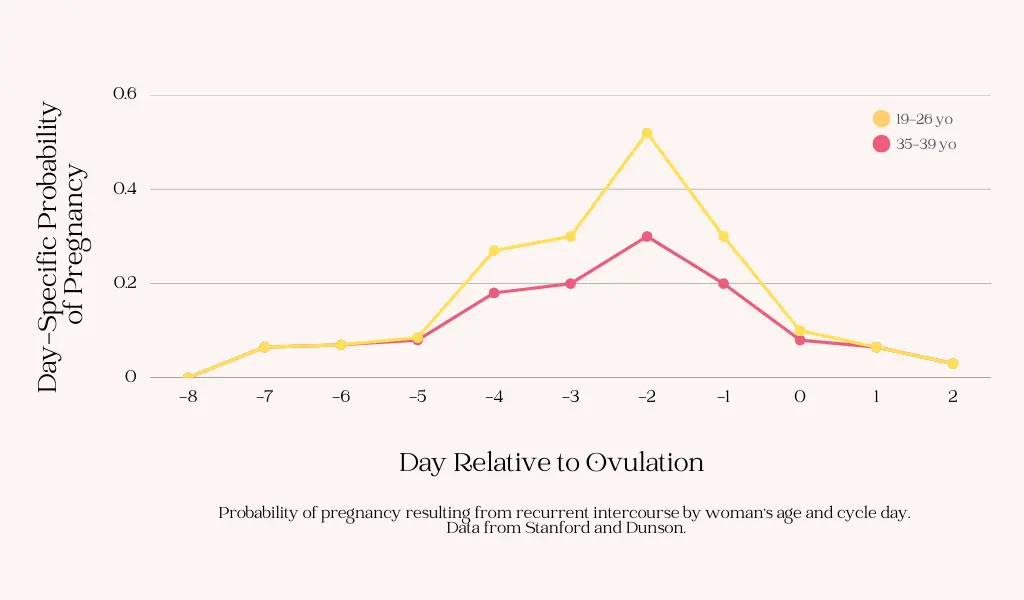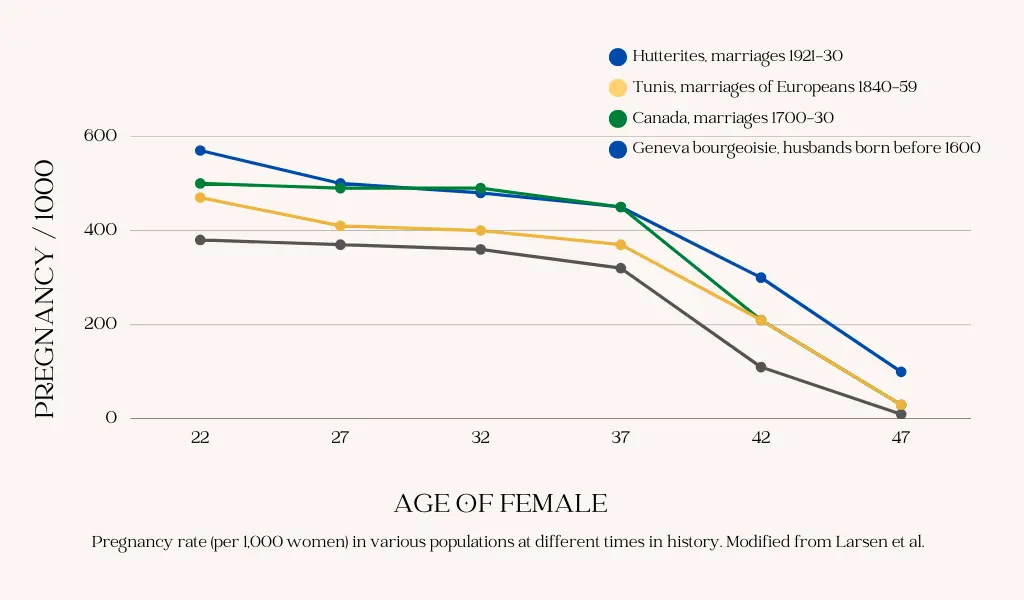When is the best time to get pregnant naturally?


For couples trying to conceive, a top question is when is the best time to have intercourse to achieve pregnancy. Our fertility clinic prioritizes helping our patients get pregnant in a natural way. To provide reliable information, we are sharing two important studies as well as a recent article, named “Optimizing natural fertility: a committee opinion” from ASRM which published January 2022.
Intercourse in the two days prior to ovulation is your best opportunity for getting pregnant
Couples can maximize their chances of pregnancy with natural ways. For counseling purposes, the ‘‘fertile window’’ is best defined as the 6-day interval ending on the day of ovulation. The viability of both oocytes and sperm usually reach the peak during that time.In 1995, Wilcox AJ and Weinberg Cr Baird DD published a report regarding the relationship between the timing of sexual intercourse and the probability of conception, on the National Library of Medicine (NLM). According to the survey of 221 women with childbearing age, maximal fecundability was observed when intercourse occurred within 2 days before ovulation.

The pregnancy rate success is greatest in the first 3 months
The likelihood of conception is highest in the first few months without contraception and gradually declines thereafter, according to the recent report by the ASRM.Generally, about 80% of couples can conceive in the first 6 months if they attempt to have a baby. The probability of pregnancy per month is greatest in the first 3 months.It is important to keep in mind that fertility varies among populations and declines with age in both women and men. However the effects of age are much more pronounced in women.Relative fertility is decreased by about half at age 40, compared with women in their late 20s and early 30s, which is the peak time for pregnancy. In contrast, semen parameters in men decline after 35 years of age, and male fertility is not markedly affected before the age of 50.
CONCLUSION BY ASRM
- The time to conception increases with age. For women over 35, consultation with a reproductive specialist should be considered after 6 months of unsuccessful efforts to conceive.
- Intercourse every 1 to 2 days during the fertile window can help maximize fecundability.
- Source: American Society for Reproductive Medicine, “Optimizing natural fertility: a committee opinion” in January 2022.

